Re-creating Beijing's glorious city wall and watchtowers
Updated: 2016-05-31 08:05
By Raymond Zhou(China Daily)
|
||||||||
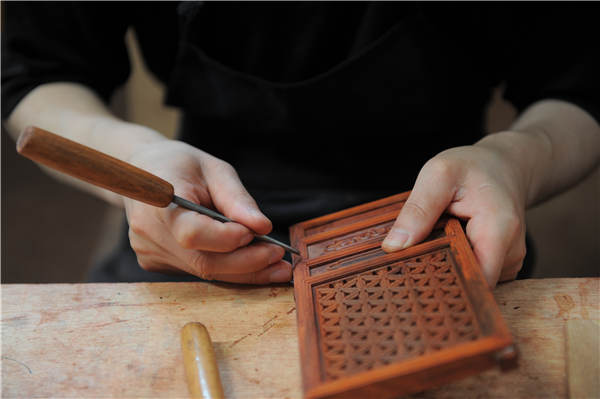 |
|
A craftsman carves on a wooden structure of an old Beijing watchtower replica. |
Fond memories
Beijing's fortifications were built in the 15th and 16th centuries. The inner city wall was 24 kilometers long and 15 meters high, with a thickness of 20 meters at ground level and 12 meters at the top. It had nine gates. The outer city walls had a perimeter of 28 km with seven gates. Stacked together, they form a "凸" shape on a standard map.
American architect Edmond Bacon once described the city wall as "man's greatest single architectural achievement on the face of the Earth". And Swedish scholar Osvald Siren wrote: "When you are standing by the gate's archway, you can feel the liveliness of the entire city, even the entire city's great expectations, all passing incessantly through these rather dark and narrow archways-the city's heartbeat, pumping life force to this incredibly complex organism called Beijing, giving it life, giving it rhythm."
Unfortunately, much of the city wall was dismantled in the 20th century, especially during the political turmoil of 1950s-70s. Only some isolated remnants are now visible.
"I grew up in Beijing and as a kid got on some sections of the wall. It is a fond memory that I'd never forget," recalls Chan, from an aristocratic family that had become impoverished after the downfall of the Qing Dynasty (1644-1911).
Attending the unveiling ceremony, Shan Jixiang, curator of the Palace Museum (popularly known as the Forbidden City), gave a vivid summary of the city's history and the importance of the wall in public imagination: Human habitation of the place that would grow to be Beijing started as early as half a million years ago. A city came into shape 3,000 years ago and it became a capital city 800 years ago. Most people got to learn about its history through the Forbidden City and the old city wall.
"Today, the Forbidden City is still here but the wall with its gates and watchtowers is gone. It has yielded to the subway and a ring road. When I was a kid, we used to fly kites, catch dragonflies and skate along the wall. Most old Beijingers have tender and affectionate memories of the wall and now the replicas are a reminder of their cultural history. I believe it is a great way of making us remember who we are," Shan says.
- Camps abroad offer students a new experience
- China-made world's first functional 3D printed building opens in Dubai
- Map reveals claim over islands by Manila groundless
- Racial sensitivity urged as ad causes outrage
- Regulator to launch drug pricing probe
- What is that thing? Innovative bus looks like a moving tunnel
- Chinese G20 presidency 'ambitious' in seeking solutions for global growth: OECD official
- UNICEF alarmed at refugee, migrant deaths in Mediterranean
- 35% of northern and central Great Barrier Reef destroyed
- Vintage plane crashed in Hudson River during emergency landing
- 2,000 refugees relocated on first day of major police operation
- No sign of EgyptAir plane technical problems before takeoff

 Graduation ceremony held in Confucius Temple
Graduation ceremony held in Confucius Temple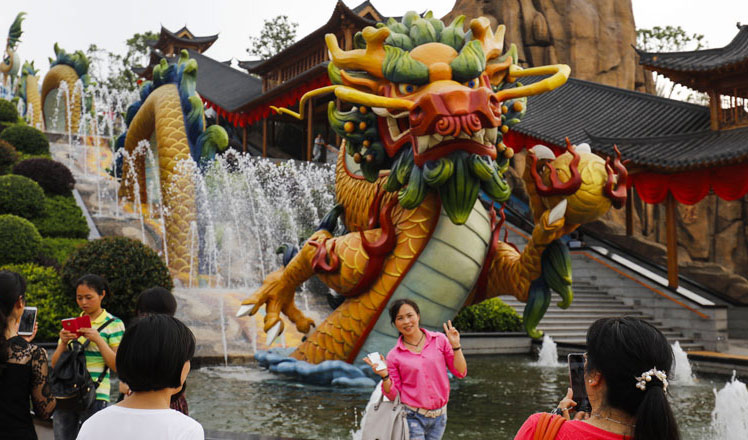
 Wanda opens theme park to rival Disney
Wanda opens theme park to rival Disney
 Fog turns Qingdao city into a fairyland
Fog turns Qingdao city into a fairyland
 Trams to be in trial use in SW China
Trams to be in trial use in SW China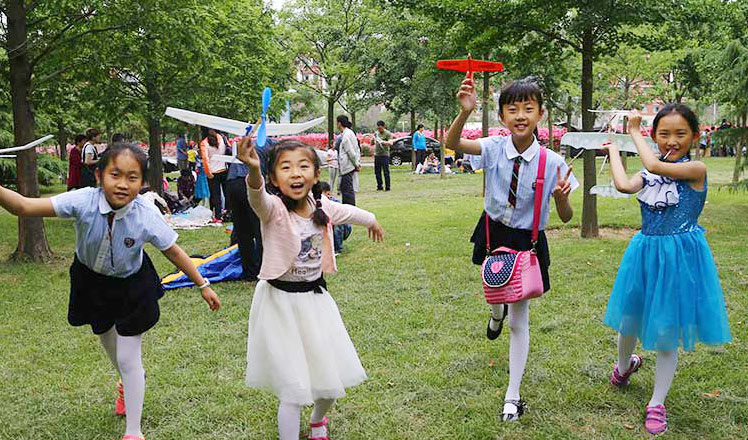
 children's Day: From cooking meal to catwalk
children's Day: From cooking meal to catwalk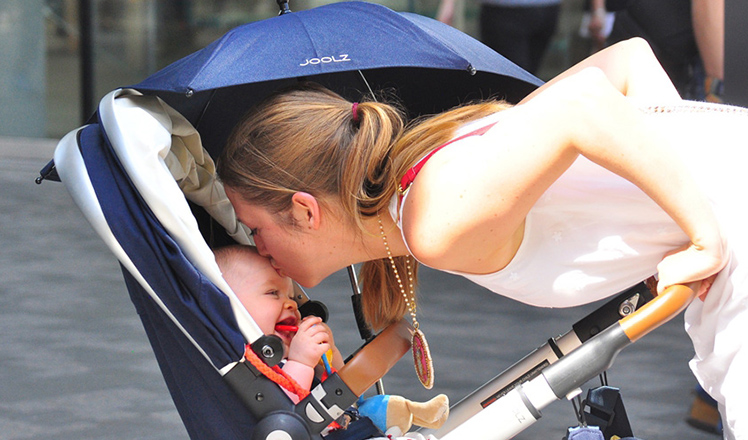
 Beijing style: People embrace the summer heat
Beijing style: People embrace the summer heat
 Ten photos from around China: May 21-27
Ten photos from around China: May 21-27
 VR, robots, mini drones: Highlights of big data expo in Guiyang
VR, robots, mini drones: Highlights of big data expo in Guiyang
Most Viewed
Editor's Picks

|
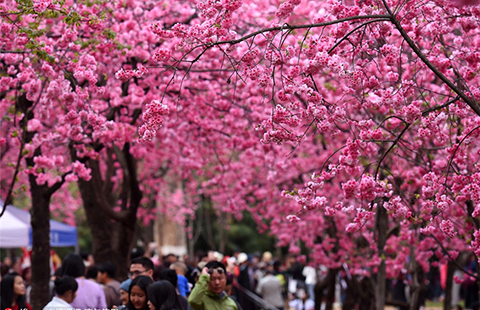
|
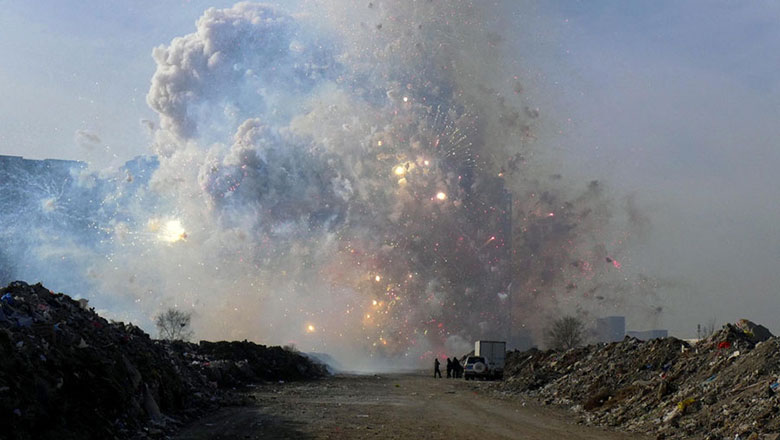
|

|
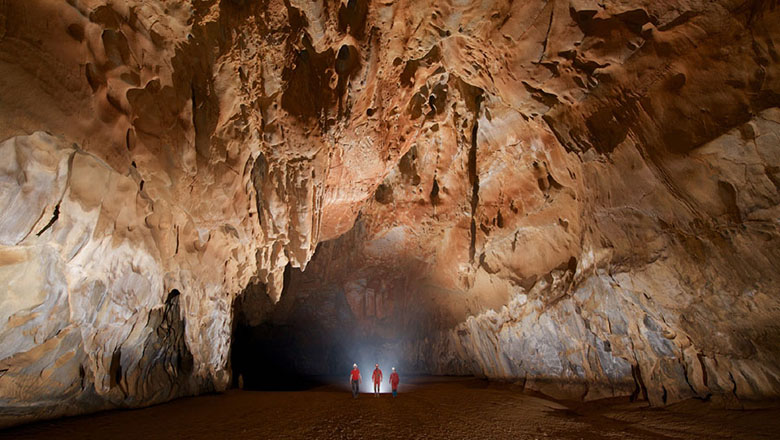
|

|
Today's Top News
Liang avoids jail in shooting death
China's finance minister addresses ratings downgrade
Duke alumni visit Chinese Embassy
Marriott unlikely to top Anbang offer for Starwood: Observers
Chinese biopharma debuts on Nasdaq
What ends Jeb Bush's White House hopes
Investigation for Nicolas's campaign
Will US-ASEAN meeting be good for region?
US Weekly

|

|









